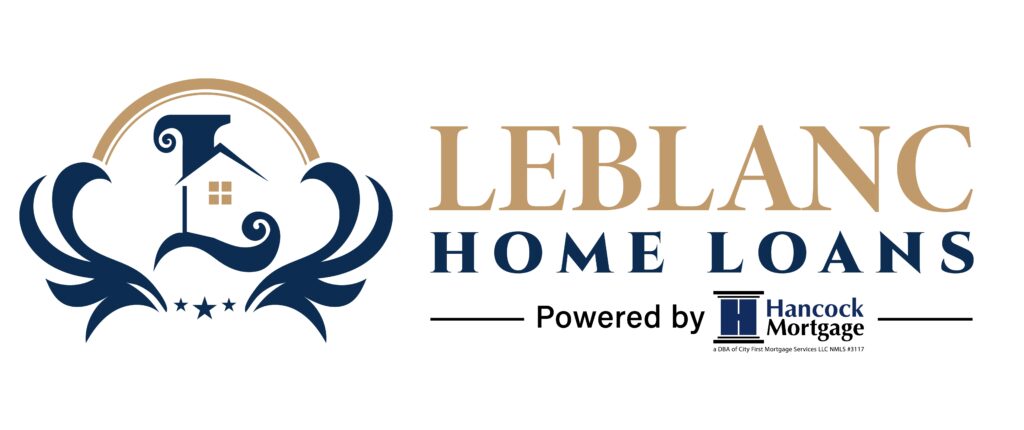Mortgage lenders typically look at information such as your W-2s and pay stubs to determine eligibility for a traditional mortgage. But what do you do if you’re self-employed?
You may want to consider a non qualified mortgage (non-QM) loan. What is a non-QM loan? How does it work? This guide will help you learn more about non-traditional loan programs that match your financial situation.
Benefits of a Non-QM Loan
Borrowers can expect to experience several benefits with a non-QM loan.
Expanded Borrower Criteria
Non-QM loans create lending opportunities for non-traditional borrowers. This can include:
- Retirees
- Real estate investors
- Self-employed or “gig” workers
- Borrowers with a high debt-to-income ratio
- Borrowers with blemishes on their credit history
So if you are not qualified for a traditional loan, you may still be able to purchase your dream home by using a non-QM loan.
Alternative Documentation
The Consumer Financial Protection Bureau (CFPB) maintains standards for determining a borrower’s ability to repay a home loan. Lenders typically determine if you meet the requirements by looking at documents such as:
- W-2s
- Bank statements
- Pay stubs
- Tax returns
Self-employed borrowers may not have traditional W-2s or pay stubs to qualify for a traditional mortgage. However, you may still qualify for a non-QM mortgage loan by submitting forms such as your past tax returns, bank statements, or 1099 forms.
High-Interest Rates
Non-QM loans cannot be purchased by Fannie Mae or Freddie Mac. They also can’t be backed by government agencies such as the Federal Housing Administration or USDA. Thus, the lender takes on all the risk when issuing the loan.
To cover this risk, they commonly assess higher interest rates as compared to conventional mortgages, which can increase your monthly premiums.
Higher Mortgage Points and Fees
Borrowers can purchase mortgage points to lower the interest rate. However, these points typically cost more for a non-QM mortgage, while qualified mortgage points are capped at 3%. Similarly, there may be additional administrative fees associated with a non-QM mortgage which can add to the total cost.
Longer Loan Terms
Some non-QM loans come with loan periods that exceed 30 years. This keeps you locked into a mortgage for a longer period and can also increase the total amount you pay for your home.
Negative Amortization
Interest-only loans present the possibility of something called “negative amortization.” This happens when your monthly payment fails to cover the entire interest payment accrued during the month. As a result, your total loan will increase over time.
Balloon Payments
Balloon payments are also a possibility with interest-only loans. Since you’re only making interest payments, you’ll eventually have to cover the principal. This can leave borrowers facing a massive balloon payment at the end of their loan.
Responsible lenders take steps to provide fair and reasonable loan terms, sparing borrowers from “toxic” lending practices such as negative amortization or balloon payments.
Eligibility Criteria for a Non-QM Loan
The exact criteria for qualifying can vary by lender, but a non-QM loan will offer greater flexibility than traditional loans.
Credit History
You can meet the requirements for a non-QM loan even if your credit score is fair or even poor. Most non-QM loans are available for borrowers with a credit score of 620, while some non-QM programs open the door to borrowers with credit scores as low as 580 or even 500.
Debt-to-Income Ratio
For a traditional loan, your lender will typically expect you to have a debt-to-income ratio of 43% or lower. But non-QM loans are available even to those whose debt-to-income ratio is 50% or even higher — providing loan options to those whose debts might otherwise disqualify them from homeownership.
Ability to Repay
When you apply for a traditional loan, the lender will abide by the CFPB’s standards to determine your ability to repay the loan. This usually means vetting your finances by examining your tax forms, W-2s, etc. But as noted above, non-QM loans allow borrowers to look at other documents to determine their ability to repay the loan. This provides opportunity to non-traditional borrowers.
Common Types of Non-QM Loans
Non-QM loans come in many forms. Here are some of the most common types of non-QM loans.
Bank Statement Loans
Some lenders provide non-QM loans only by reviewing your bank statements. This often requires 12 months of past bank statements. However, some lenders can offer loan options with as little as two months’ worth of statements.
Asset Depletion Loans
Asset depletion loans allow you to use other liquid assets to secure a mortgage without having to rely on your day-to-day income. Basically, you’re using your other assets as a type of collateral. Lenders will approve the loan under the assumption that they may seize your checking account, investment accounts, or other assets to repay the loan.
Recent Credit Event Loans
Have you experienced a recent credit event, such as a foreclosure or bankruptcy? If so, you can still qualify for a non-QM mortgage through a recent credit event loan. Be advised that the loan terms may not be ideal, especially if the credit event has been very recent. But these programs still provide opportunities for those who have experienced a period of financial hardship.
